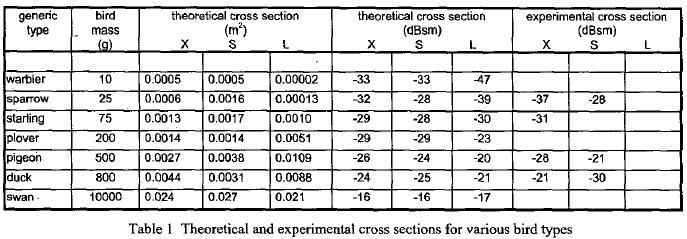p2prada
Senior Member
- Joined
- May 25, 2009
- Messages
- 10,234
- Likes
- 4,016
We don't really know this. All we have are rumors or estimations.PAKFA radar's detection range is 250 miles whereas F22 is at 185 miles ...
We have only seen unofficial data for APG-77 while nothing has been released for N036.
Only some Irbis-E releases are confirmed, but that's an entirely different technology base and can't be used for comparison. That's because the AESA models will use much lesser energy to do the same amount of work.
Not really. This was just "my" estimate. The F-22's so called metal marble figure is too vague. A metal marble can be half the size of a golf ball, sometimes even 1/3rd. I assumed it is 4x times smaller.I guess you're wrong about PAKFA having more or less the same RCS than F-22 and superior RCS to F-35.
Also these look like average RCS figures rather than frontal RCS figures. Frontal figures will be much lower for all three jets. If the F-22 has a smaller average figure than PAKFA, then that is consistent with whatever Sukhoi has released and is official 0.3m2 vs 0.5m2.
The thing is the person on the video has given a decent comparison matrix with his analogy of a football (4.5th gen) vs a tennis ball (5th gen). So we know that when a Rafale looks like a football on the radar, PAKFA will look like a tennis ball. The Americans when they provided their data of golf ball and metal ball did not give anything else for us to compare with. So, when Rafale looks like a football on radar, F-22 does not have to be a marble at the time, it could be bigger. Could probably mean both countries take different ranges for measurement as a standard which is an established norm with radar too.
Come on, the Russians have given a basic figure of 0.06m2 for EF/Rafale, football size. Anybody knows that's too less according to western standards, which means the range is much lesser than a typical American RCS figure. Western standards place Rafale/EF at 0.1m2 and above and not below that threshold of 0.1m2 (-10dBsm).
Also, be serious people, do you think a tennis ball will be tracked easily? That's the size of a bird and is well within the threshold of many modern radars. My figures don't really give the F-22 much of an advantage since both aircraft will be picked up with IRST first at the range they operate in. The F-22 is expected to pick up a 0.01 m2 object from less than 100Km. That's less than the threshold for PAKFA which means both aircraft will pick each other up at very similar times in a head-on intercept. That would mean all other aircraft below the F-22 in capability will be picked up much earlier, probably up to 200-300 Km for Rafale/EF and 500 Km for Mig-21/Mig-29 type aircraft.

Just look at the X band figures of various birds and imagine where PAKFA would be. Gambit pointed out that the F-22's RCS is between that of a warbler and a sparrow, which is twice or thrice what I gave for F-22 in "my" estimate.
Anyway, don't read too much into it. The actual RCS figures will be suppressed from us for all three jets for obvious reasons. We will only get such estimates. At least we know that the PAKFA is a stealthy bird and not some half-assed attempt at stealth as being claimed by many people. The FGFA may improve on it too especially with the 6 year advantage in development cycle versus the first PAKFA.












